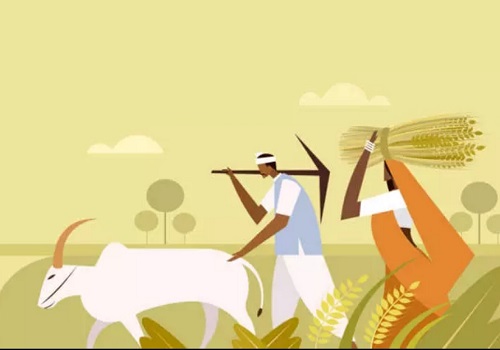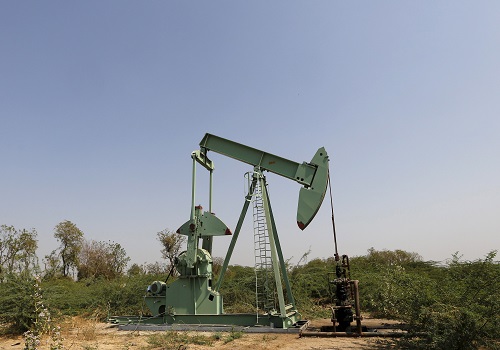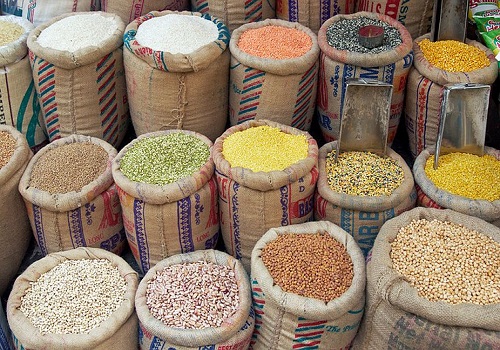Farm sector takes a hit due to deficient monsoon, stares at dipping reservoir levels

Follow us Now on Telegram ! Get daily 10 - 12 important updates on Business, Finance and Investment. Join our Telegram Channel
India’s agriculture sector has taken a battering from a southwest monsoon that was both erratic and fell short of its normal level in an El Nino year.
This resulted in both damage to standing crops as well as a reduction in the sown area under key crops such as pulses and oilseeds this year since more than half of the country’s farm area depends on the rains for raising crops. This could spell more trouble ahead as recourse may now have to be taken to expensive imports to fill the gap and keep prices in check.
The area under cultivation of pulses has shrunk by close to 9 per cent while the acreage under sunflower has plunged by as much as 65 per cent due to deficient rains. The area under pulses such as urad, moong, and arhar has declined by 5.41 lakh hectares, compared to the same period last year. Similarly, the area under oilseeds has come down by 3.16 lakh hectares.
Around 8.68 lakh hectare crop area across states is reported to have been affected by floods or heavy rainfall this year. The harvesting of kharif crops has begun and the extent of losses in total production will be clear in the coming weeks.
The monsoon got off to a delayed start in June after which there was excess rain in July followed by a deficit in August and then excess rain in September again in certain parts of the country such as Punjab and Haryana, which hit the standing crop. This had resulted in a sharp increase in the prices of vegetables, especially tomatoes and onions that triggered a spike in inflation and stretched household budgets.
The erosion in farmers' incomes has had a cascading effect on industry as well since the demand for tractors sold by companies such as Mahindra & Mahindra and two-wheelers marketed by auto majors like Hero MotoCorp and Bajaj has come down which is reflected in the falling monthly sales numbers in recent months.
There has been a steady decline in the number of tractors that are being bought. There were just 49,007 registrations of farm tractors in September 2023 down from 68,431 in August and 84,473 in July, according to figures compiled in the government's VAHAN portal.
The rising prices of rice, wheat, pulses and spices have emerged as a cause for concern. The latest figures for retail inflation show that although food inflation has come down to 6.56 per cent in September due to the cooling down of vegetable prices and cooking oil, the prices of pulses went up 16.38 per cent while those of spices rose 23.06 per cent during the month. The prices of cereals went up 10.95 per cent.
The government also intervened to keep prices in check by banning exports of wheat and non-basmati rice. Curbs have been imposed on onion exports which had triggered protests from farmers as they saw their earnings decline. Import duties on edible oil and pulses have also been reduced to bring down the prices of these scarce commodities.
Another crucial factor weighing on the farm sector going forward is the amount of water that is currently available in the country’s reservoirs across states.
About 80 per cent of India’s rainfall comes during the southwest monsoon which also fills up the country’s reservoirs that are used for irrigation during the next agricultural season. With the deficient rainfall this year, the water storage in the reservoirs is reported to be around 75 per cent of last year which could impact agricultural output in the forthcoming rabi season.












 320-x-100_uti_gold.jpg" alt="Advertisement">
320-x-100_uti_gold.jpg" alt="Advertisement">










